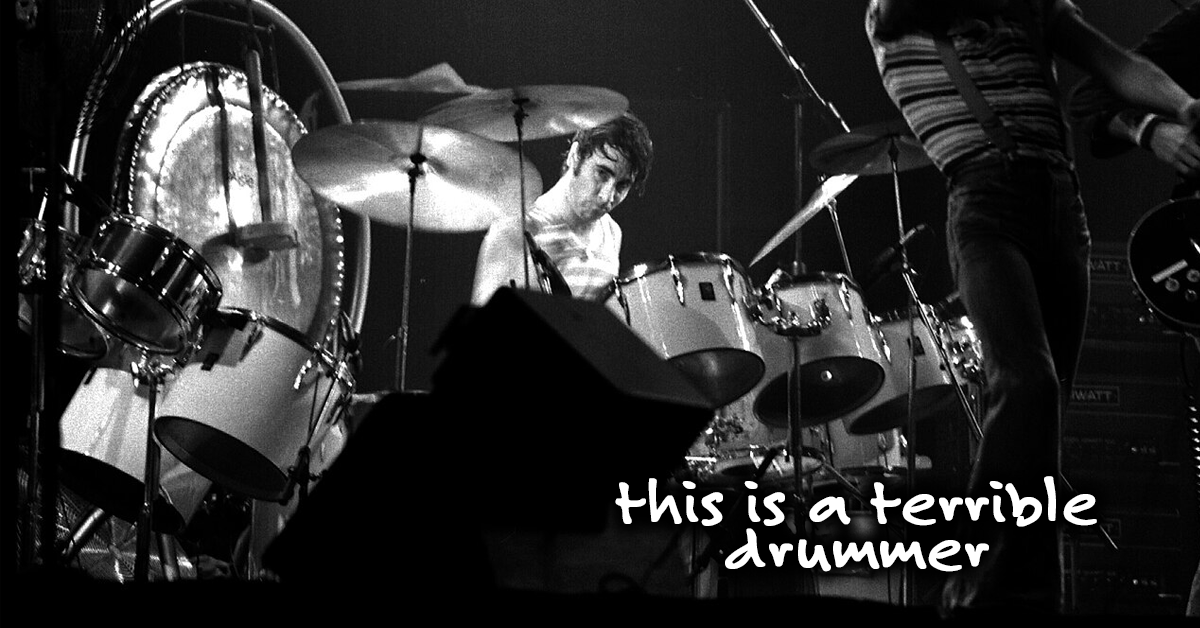Around the same time vector games were rising, we also saw the introduction of color into early eight-bit games.

The first “eight bit” game is generally recognized as “Gun Fight,” a 1975 arcade game by Taito (worldwide) and Midway (North America). The use of the phrase “eight bit” can be confusing because now most people related that to the graphics of the game itself, but in reality this was the bandwidth of the CPU. Prior to “Gun Fight,” video games were created with “discrete logic” electronics explicitly, physically created for the tasks at hand. When Midway licensed the game for the US, they ported it to run on an Intel 8080 CPU, making it the first CPU-based video game.
At this stage of the technology, using a CPU allowed game developers to begin true game programming – the creation of game software to run on hardware that is intended generally for “computing” rather than specifically “to be a video game cabinet.” In 1979, the game changed completely with the introduction of the Galaxian platform by Nintendo in Japan. With various leaps forward in processing techniques, Galaxian was the first truly modern video game, with the now familiar “Pac-Man” graphics. Trivia note: Pac-man was originally developed on Galaga hardware, as were several others like Galaga and (if I remember correctly) Jungle King).
This was the dawn of the first wave of modern video gaming. With hits like “Space Invaders,” “Galaxian,” and “Pac-Man” raking in billions of dollars in quarters, gaming had started to carve a niche in the culture. Although a certain Italian plumber would ultimately take the role, Pac Man in particular was the symbol of everything exciting about video gaming in 1981 or so…
Often called the “golden age of arcade gaming,” the period from 1980-1983 saw an explosion of arcade games, for the first time supplanting pinball machines as vice du jour for the nation’s misguided youth. This is where the classics really began – in basically a three year span you had Pac Man, Galaxian, Frogger, Space Fury (the actual first color vector game). In 1982 the first 16-bit CPU arcade game, “Pole Position,” was released by Atari, and with groundbreaking offerings like “Tron,” “Dragon’s Lair,” and “Space Ace” capping off the run toward the end of the wave, it was a pretty magical time to be a gamer.
This coincides roughly with the first real wave of home gaming consoles beginning with the Atari 2600 in 1977, which was the first “must have” home gaming console right up until they created a game so bad they had to bury it in an undisclosed desert location and it basically killed the platform.

The long version of the story is that Atari had been bought by Warner in 1979 and generated some 65%-ish of their 1982 profits…and then proceeded to lose about a half a billion dollars the next year, in part due to the failure of E.T. but also disappointing results from their port of Pac-Man – these two titles themselves owning about 85% of votes across the board for “worst video game ever.” Warner sold them off in 1983 and their steep decline continued. The brand has basically been used as a venture-capital electronics brand buoyed by its early 80’s reputation ever since, and by all accounts ceased being “the real Atari” in any way after being sold off by Warner.
Into the vacuum stepped a couple of quite decent contenders among a mess of nonsense like the Timex Sinclair. Although the Mattel Intellivision sported the first 16-bit processing in a home console and superior graphics and sound, a series of business missteps including the abominable attempt at creating an attachable keyboard that would convert the whole thing into a rudimentary home computer ended the Intellivision while the Colecovision – running on an 8-bit Z80 processor but coming out of the gate with the first home version of Donkey King that was ridiculously faithful to the original – started eating Atari’s console market share until similar missteps with their Adam ended that.
Fortunately for gaming, a revolution was around the corner.
And that’s where we’ll break it off for now. Stay tuned for part 2, coming soon!













